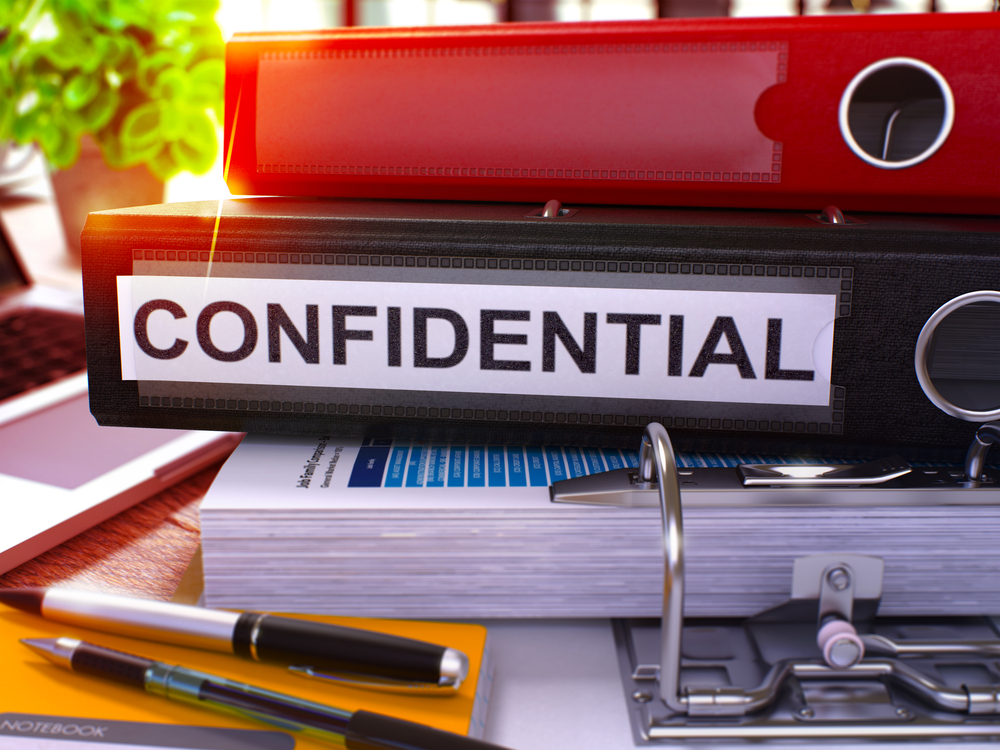
Information Security > Cyber Security
When businesses are looking at information security, there’s a temptation to focus on cyber-security. After all, it’s the thing that we hear about most often in the media, and it’s undoubtedly a huge priority. That doesn’t mean we don’t need to pay attention to physical security, too.
- How do you prevent unauthorised access to your premises?
- How do you manage who has access to which rooms and areas within your premises?
- How do you protect against external and environmental threats?
- How should people work in your secure areas?
- How do you control delivery and loading areas?
As well as securing your physical location, you also need to give consideration to the physical equipment and assets including documents and post.
- How do you locate and protect your equipment?
- Is your power supply clean and reliable?
- How do you protect your power and data cabling?
- What routine equipment maintenance arrangements are in place?
- How do you protect off-site assets ?
- How do you securely dispose of or re-use equipment at end of life?
- How do you protect unattended equipment and assets?
If a lot of this seems like common sense, that’s because it is. However common-sense is subjective. Customers and regulators need to know that you understand your information risks and have taken steps to control them.
The information security controls of the ISO 27001 standard are listed in Annex A of the standard.
| Annex A, ISO 27002, and ISO 27799 The controls that you can apply to manage information security threats and vulnerabilities, including physical security management are listed in Annex A of ISO 27001. The application of these controls is described in greater depth in ISO 27002. Additional standards and controls for healthcare settings are described in ISO 27799. For clarity, you don’t certify against ISO 27002 or 27799; they’re there to advise you on best practice, and to help you to understand and implement the right controls for your situation in your business. |
The risk you can’t imagine is the one that kills you
When we run risk management workshops, we encourage a completely open agenda. No-one should consider anything too ridiculous to be suggested, and all vulnerabilities and threats should be considered and assessed. It’s not just about cyber-security; your premises, your people, your infrastructure, and your equipment all merit equal consideration. Any vulnerability and any threat that you can imagine should be assessed.
We can address Physical & Environmental Security as a discrete exercise and report as part of your ISMS project, or as part of a broader certification programme. If you’d like to discuss these in more depth, complete the contact form, and we’ll call you back.
Why an environmental management system is becoming a “must have” for all businesses
Canary Wharf Group has joined with 411 major corporations worldwide incommitting to a...
Not All Flights Are Equal
We all know that our flights cost more when we want more comfort than is offered by economy...

